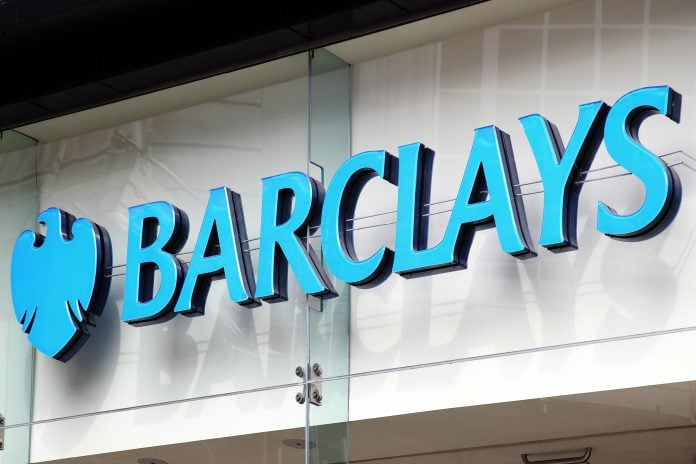Barclaycard Payments has revealed that since the introduction of the new £45 contactless limit in the UK, the firm has processed over 25 million contactless payments above the previous limit.
As well as this, the group had outlined that it has been part of significant growth in contactless payments in general, with it processing 23% more contactless transactions in 2019 compared to 2018.
On 24 March, UK Finance increased the limit on contactless shopping cards and mobile devices from £30-to-£45 pounds as a public safety measure, helping stop the spread of the coronavirus
Rob Cameron, CEO of Barclaycard Payments, said: “Just as consumers are becoming more comfortable with contactless and digital payments, we’ve also witnessed this same behavioural shift with our merchant clients. Not only are they placing more emphasis on their payments systems, they’re also considering how providing a quick and easy payments process improves the overall customer experience.
“Coronavirus has only accelerated this trend, with many traditionally face-to-face businesses switching to online and distance selling for the first time in order to adapt and grow, and it will be interesting to see how card payments continue to evolve in the months ahead.”
It comes after an announcement from UK Finance around the latest UK payments trends for 2019, detailing that card and contactless payments continued to increase, with card payments accounting for over half of all payments for the first time.
According to the latest UK Payment Markets report from UK Finance, debit cards were the most used payment method in the UK with 17 billion payments, of which 7 billion were contactless.
Trends in payment habits may have also increased lockdown preparedness as supermarkets were the most popular place for contactless spending in 2019. Additionally, 48 million adults in the UK bought goods and services over the internet in 2019, as online shopping continued to increase across all age groups with nearly four-fifths of those aged over 65 (79 per cent) shopping online in 2019.
Cash payments continued to decline in 2019, falling by 15 per cent to 9.3 billion payments, although cash was still the second most popular payment method in the UK after debit card. Changing retail trends, including the ever-increasing use of online shopping and the increase in card acceptance by retailers, have been a factor in both the declining use of cash and increasing use of card payments.
Data indicates that consumer preferences are undoubtedly changing in favour of using cards to make payments. The number of people who were not using cash or using cash just once a month has more than doubled in two years (3.4 million in 2017 and 7.4 million in 2019). Young people are leading the way in this respect, although there are people of all ages who rarely use cash, seven per cent of people aged 65 or older were using cash once a month or less frequently during 2019.
Stephen Jones, CEO of UK Finance, emphasised: “An increase in ways to pay coupled with the change in people’s payment habits may have inadvertently gone some way to prepare the nation for the impact of Covid-19 on their daily lives.
“With consumers already using contactless payments and remote banking more than in previous years, these technological advances have allowed many people to shop and make payments safely from home or in store. The impact of Covid-19 may accelerate these habits for many customers; however, we are fully aware that not all customers are digitally-enabled which is why we are working flat out to ensure people have access to cash and everyday banking services remain available to help the country through these difficult times.”
Natalie Ceeney CBE, added: “In 2019 we saw a further decline in cash use of 15% – although the fact that over 9 billion payments were made in cash in 2019 shows how many people still depend on it. This UK Finance data was taken before the impact of Covid-19, which has accelerated the shift to digital payments and further challenged the viability of the cash infrastructure.
“It’s essential that we ensure that everyone is included in our economy, and until digital payments work for everyone, we need to maintain people’s ability to access and pay with cash.”
Expert Analysis: Data during this current period is nothing short of fascinating, as the adoption of contactless payments and the neglection of cash are both accelerated. Whether these transcend to the post-COVID consumer environment, will be most interesting as we await data for the year’s culmination.




















